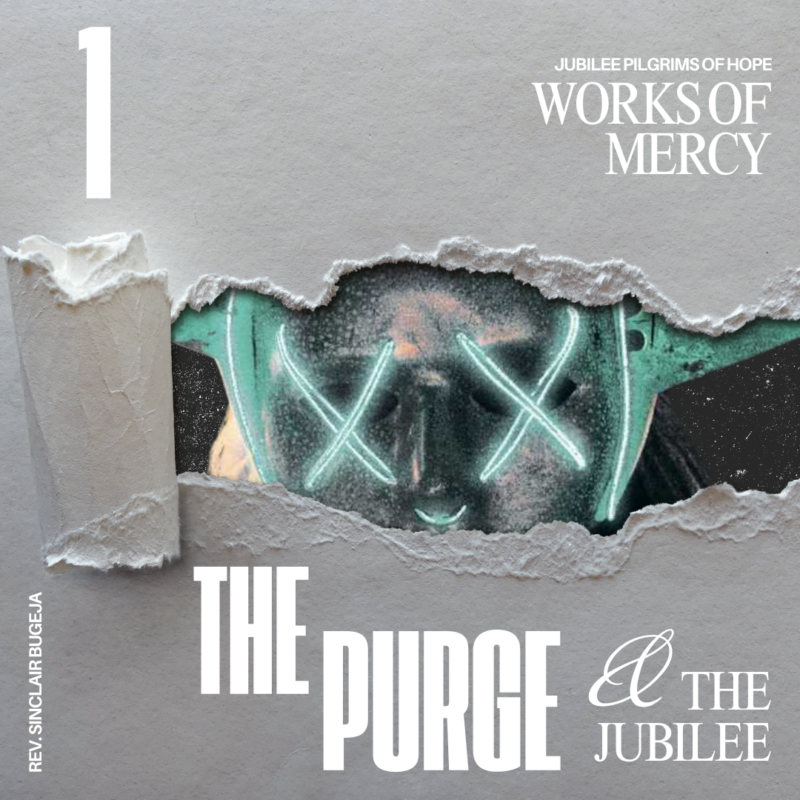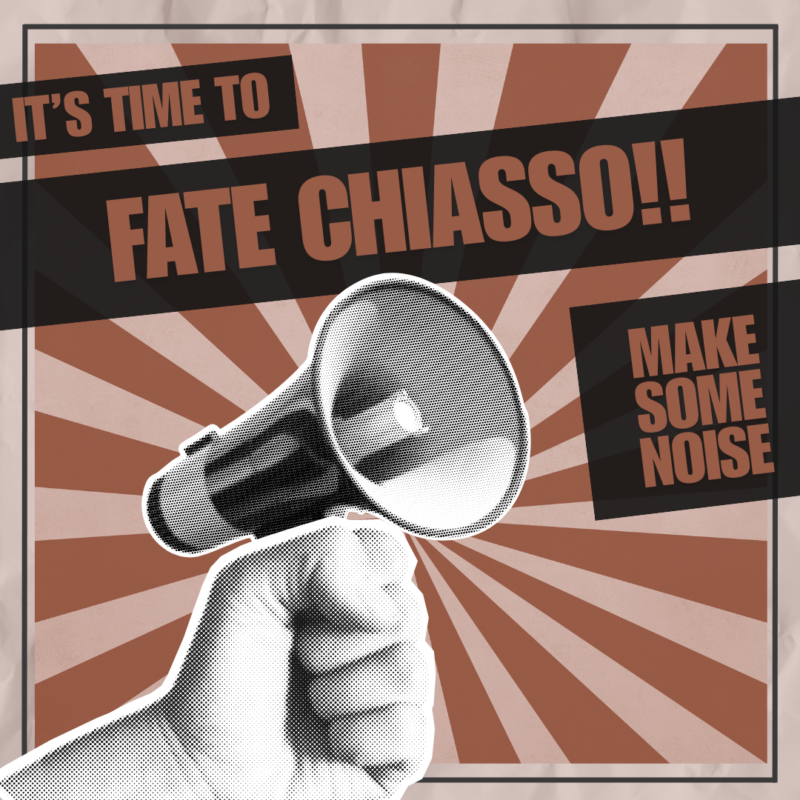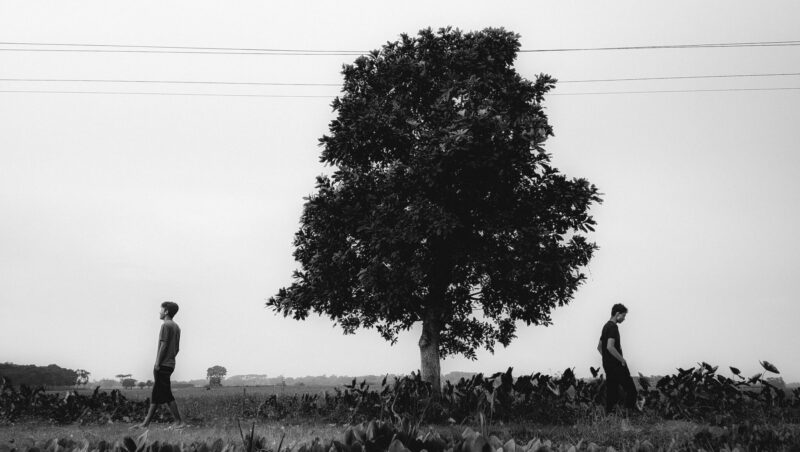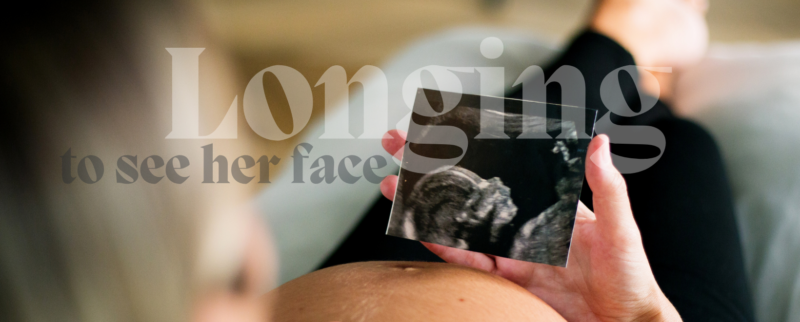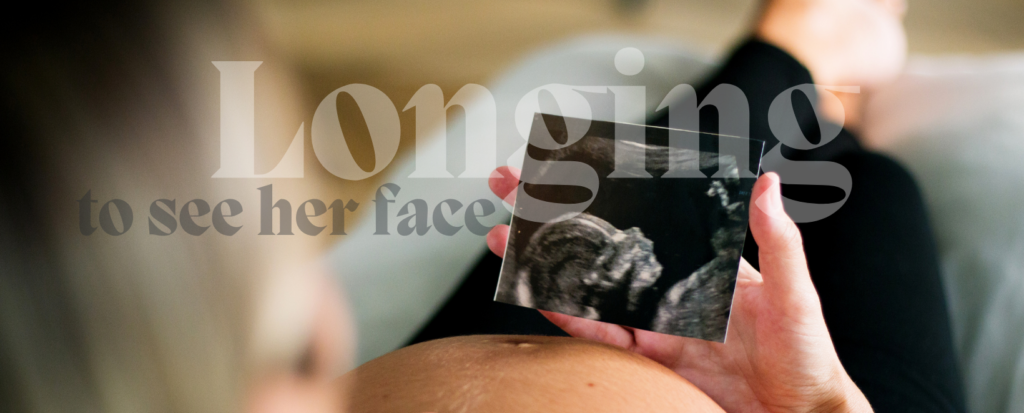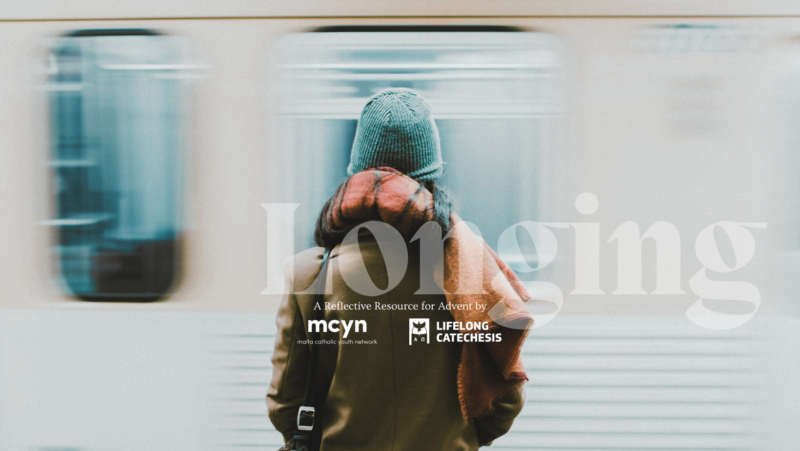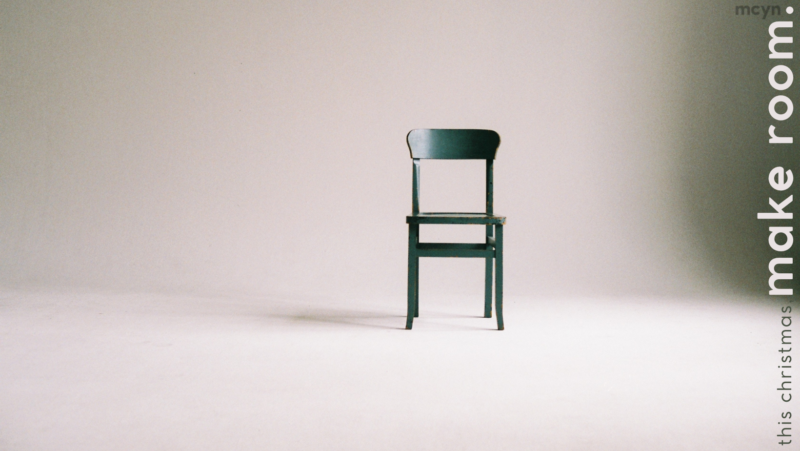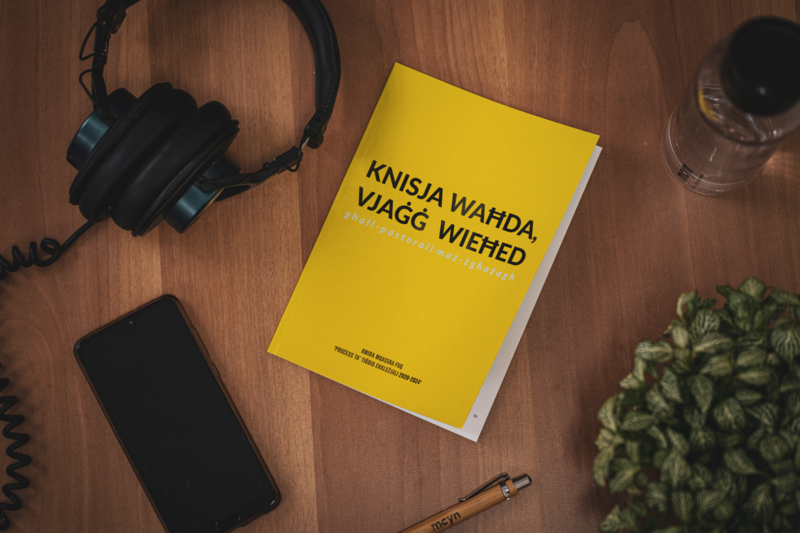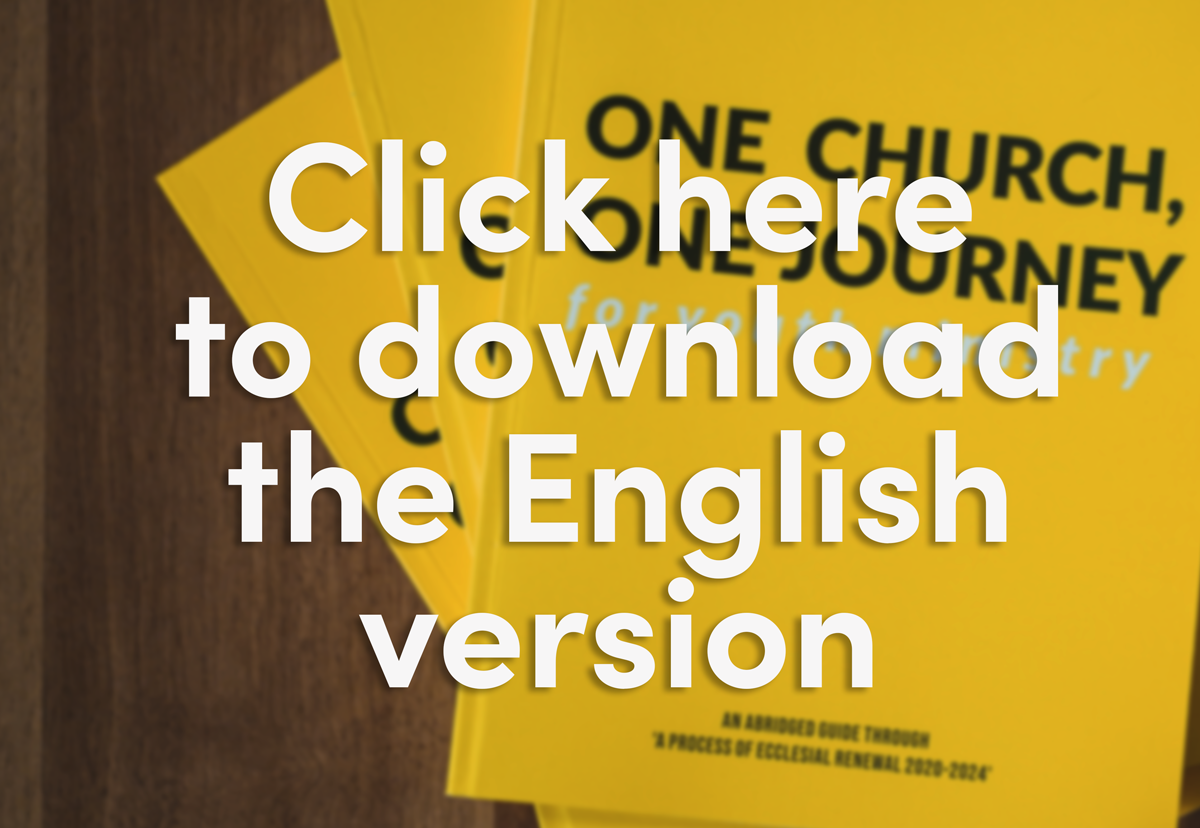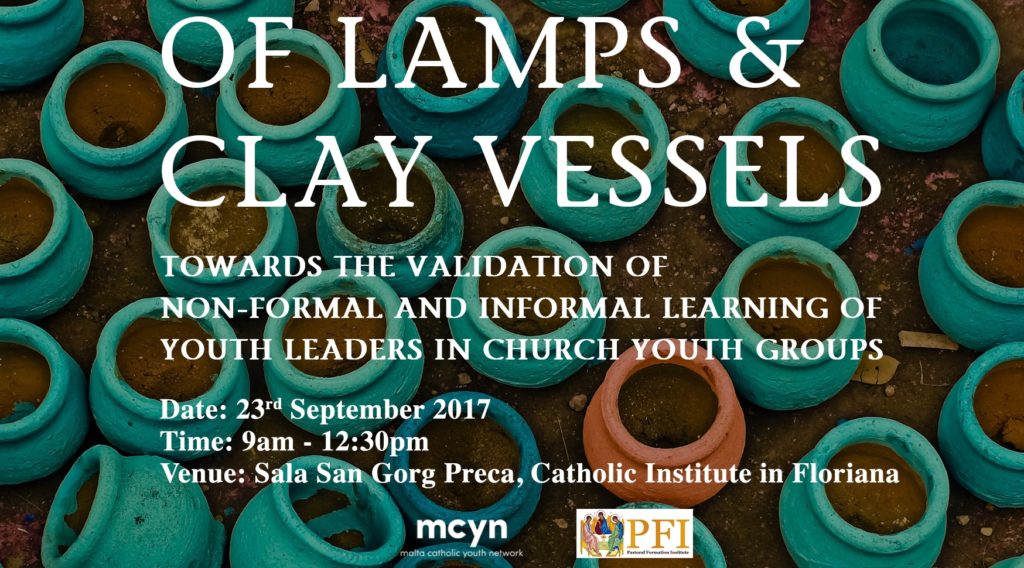Read this article in Maltese
Scary movies are not my piece of cake. They keep me awake at night and terrified some days later when alone. I admit that I could not stomach watching past the trailer to the various films from The Purge series. The concept behind the franchise, however, is interesting: once a year, the American Government allows any type of crime, including murder, without any legal ramifications. The result, according to the film’s opening title sequence: “Unemployment is at 1%. Crime is at an all-time low. Violence barely exists”. Peace and prosperity come by channelling collective rage within a contained twelve-hour time window.
The Jubilee is very much like The Purge. A whole year, every twenty-five years, in which social order is restored. A 365-day reset button in which everyone goes back
to their own family and return to their ancestral property
Leviticus 25:41
A time to restore societal relations so that God is re-established as Lord of time and space. This is the biblical notion of the year of Jubilee: a time for slaves to be emancipated, debts forgiven, and even the land allowed to rest (see Leviticus 25). In many respects, then, the Jubilee is a year in which society is purged of all economic or social ties that yoke individuals composing that society, and God is reinstated as rightful owner of persons and property. All belongs to him. This restoration of societal relations is very much in keeping with the idea of re-establishing social order in The Purge.
The Jubilee, however, differs in the means by which such restoration takes place. Peace and prosperity come by not by channelling collective rage within a particular timeframe. It comes, by contrast, through the channelling of collective faith, hope, and charity: faith lived together as Church; hope that God’s fidelity will provide; charity acted out through works of mercy. Society will not be built up by violence and revolution (as Marx would have it). But by individuals consciously choosing to do good: to feed the hungry; to give water to the thirsty; to clothe the naked; to shelter the homeless; to visit the sick; to visit the imprisoned, or ransom the captive; to bury the dead; to instruct the ignorant; to counsel the doubtful; to admonish sinners; to bear wrongs patiently; to forgive offences willingly; to comfort the afflicted; to pray for the living and the dead.
During this Jubilee year of hope we are given an opportunity. We are invited to change our communities, our society, and our world. To purge them of the injustices that bind vulnerable people in our midst. To give back dignity to those who have fallen victim of our dog-eat-dog society. To see others as brothers having one Father who is Lord of all. It is only then that we are able to
proclaim the year of the Lord’s favour
Luke 4:19
For it is only by freeing others from their prisons that we recognise that we too are shackled by our own in/securities: our money, our property, our dysfunctional relationships, our careers, our hopes that leave us hopeless. By our works of mercy, this Jubilee, we are set free from the prisons we have put ourselves and others in, and experience the true hope that only God can provide.



